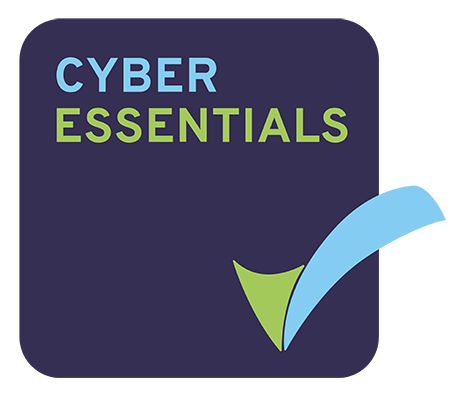The challenges of effective home working policies
11th August 2022

100% of our staff are empowered to work from home or any location independent of the office. We trust our employees to work in the place they can be most efficient. THE pandemic has transformed the way businesses operate, with hybrid working models now the norm. But even though home-working is an intrinsic part of modern-day work culture, many companies are still failing to implement effective policies that work for staff and employers.
These failures were illustrated in a recent report by Microsoft which underlined the challenges many businesses are still facing in this area. Here, Connectus Group’s CEO Roy Shelton explains the challenges of rolling out an effective home working policy.
At Connectus what is the split between home working and office working?
“Well, first of all, 100% of our staff are empowered to work from home or any location independent of the office. So we trust our employees to work in the place they can be most efficient. Generally staff come into the office 50% of their working week as they miss the interaction with colleagues and want to stay emotionally connected to each other.
Why did you decide a work from anywhere policy works best?
“We have always had a hybrid working policy because we believe staff can use their own best judgment based on a work life balance and working around child care and other family commitments. We find the teams prioritise their work better and things that need to be resolved in collaboration with others, whether they are remote or in the office, get sorted out better by working this way. Overall we feel that through hybrid working and increased levels of automation we have removed the need to hire more people. We’ve repurposed that budget in to cost of living pay rises, increased performance related pay and tooling to ensure our team remain cyber safe when working remotely .
What have been the teething problems of a work-from-anywhere policy, and how have you overcome them?
“Kids and dogs appearing in TEAMS sessions isn’t always ideal! But you have to accept that, and in all honesty if you do embrace it without compromising the quality of your calls, then it does build a closer relationship with your colleagues and their families as you learn more about them. The key thing is being cyber secure, too many remote cyber attacks have been perpetrated via remote working across unsecured Wi-Fi at home and in coffee shops/ hotels.
What are the steps a company needs to take before implementing a work-from-anywhere policy?
“Security is key – you must have end user device security. Ensuring your staff are trained and aware of secure remote working and can identify and resolve threats quickly is vital. I also check in to meetings to ensure staff feel engaged and are embracing the working practices and feel supported. We have two meetings each week with each team ( Operations, Sales & Marketing, Finance/ Admin) and a management team call every week.
What are the main benefits (both predictable and also some unforeseen) benefits of a work-from-anywhere policy?
Greater levels of efficiency and productivity as staff feel more empowered to prioritise their workload and do the right thing at the right time. Most staff working from home are saving 10hrs per week in commuting time and almost £250 per month in costs so they really feel the benefit of more family time and additional spending power.
What do employees need to consider if a company is offering a work-from-anywhere policy?
Most companies claim to be fully work from anywhere but check your contract of employment to ascertain your permanent place of work. Also look at IT costs and set up, who funds the changes you may need to make working from home, what about the increased utilities costs incurred by being at home all day including maybe having to upgrade your home broadband capabilities to a business connection.
What are the downsides of a work-from-anywhere policy?
The key is keeping staff engaged as working from home can be a lonely experience and younger members of staff can miss out on critical training and development.













